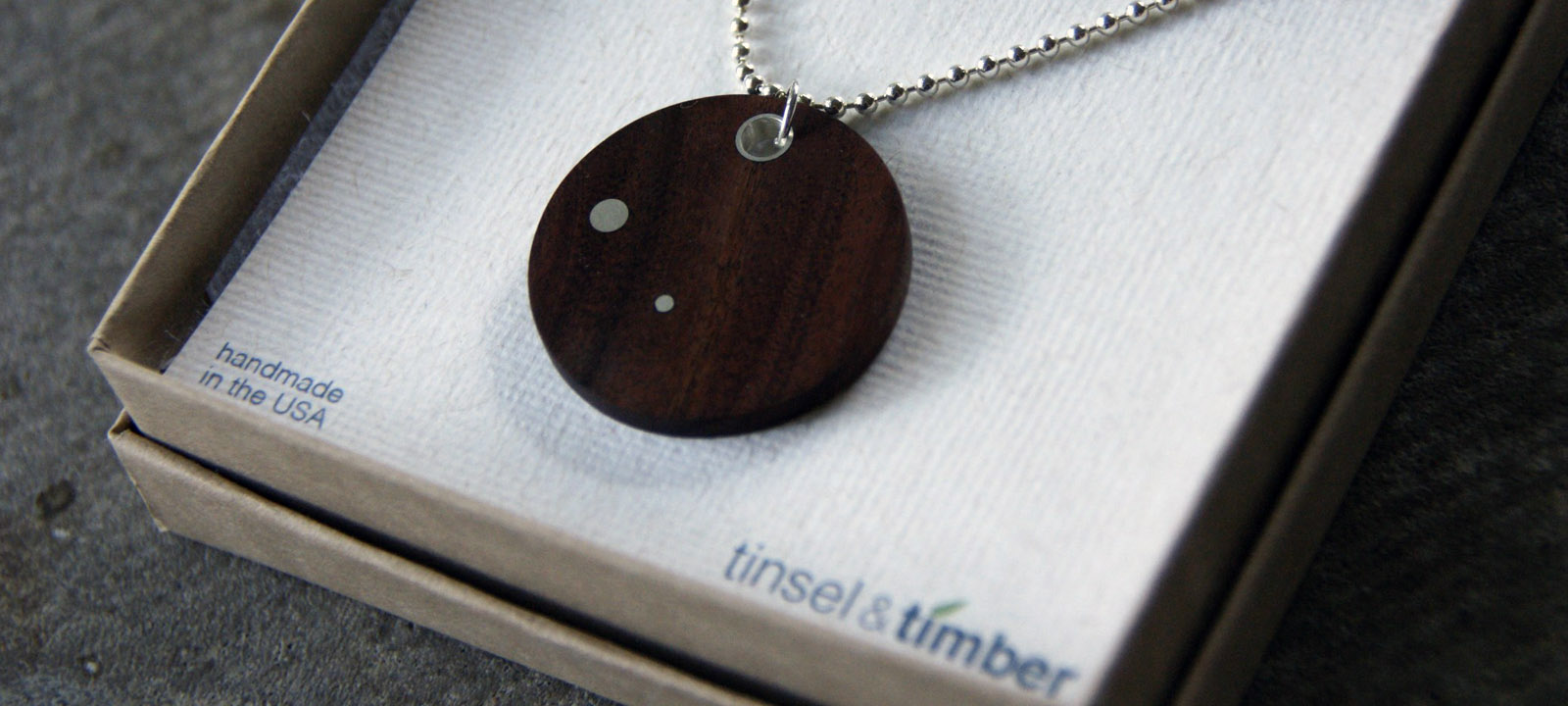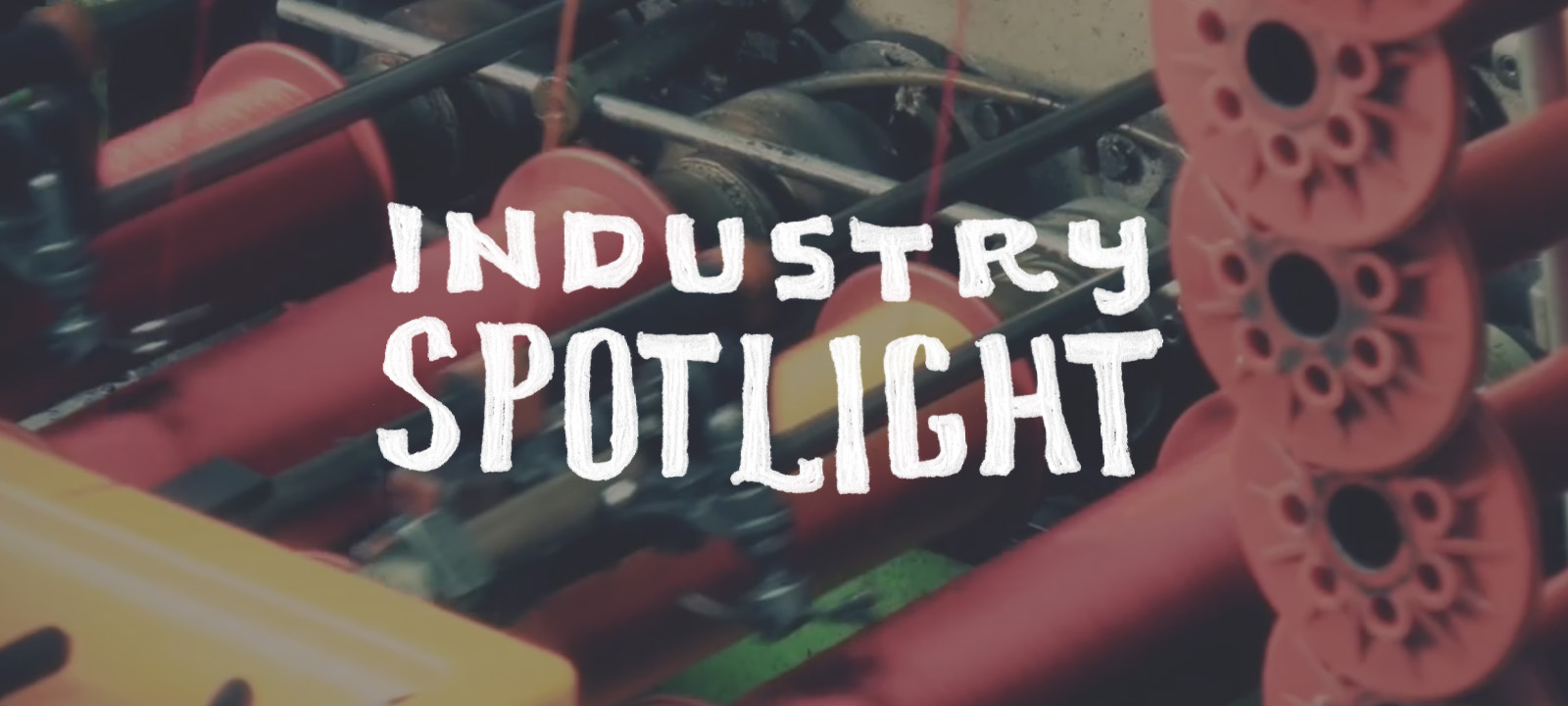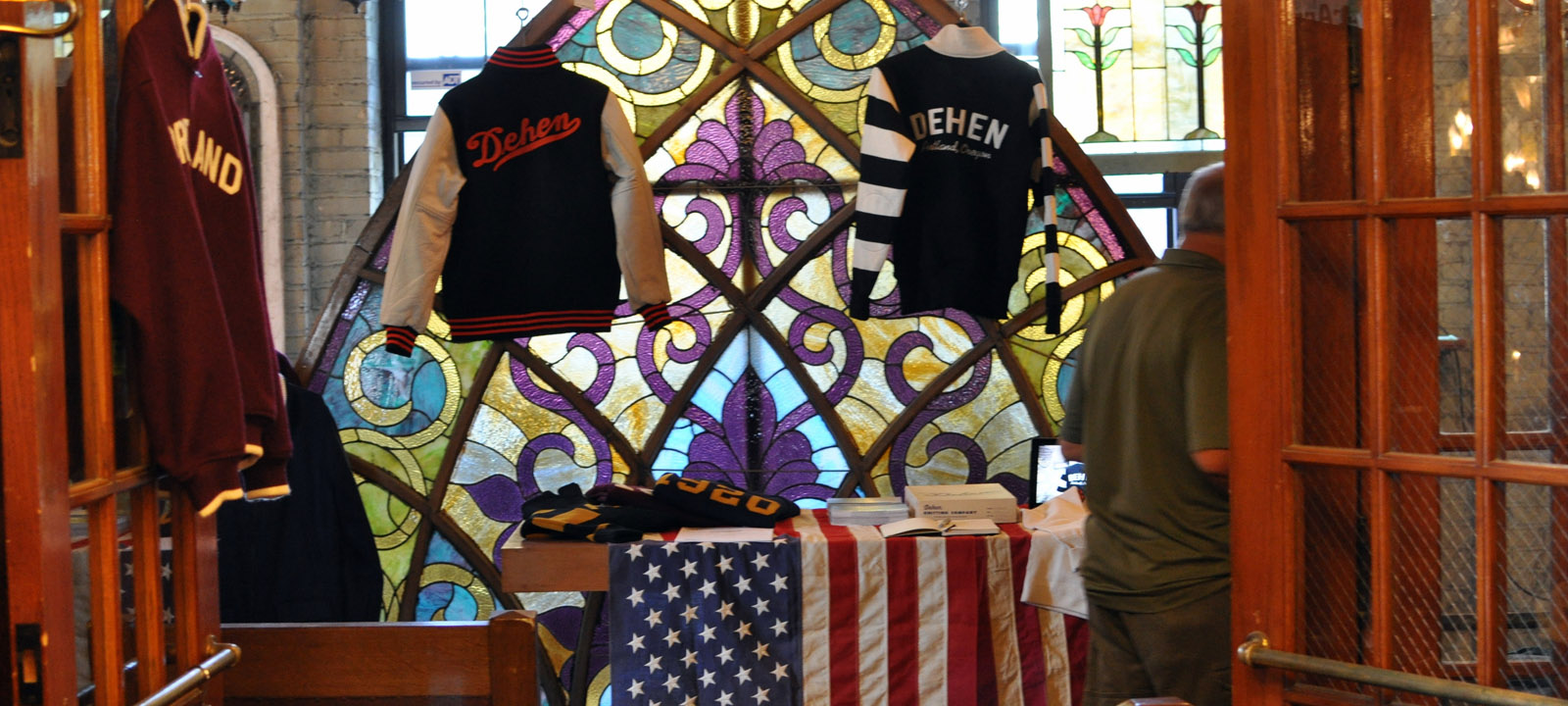Today we are talking with James Murray, Executive Director of Product Development and Design at Simon Pearce. Simon Pearce is an American glass and pottery company from the state of Vermont.
Can you give 50 BUILT readers some background on yourself/your role and the history of Simon Pearce?
My background is building products with glassmakers and ceramic companies, many of them in Europe. I worked with factories throughout Italy, Portugal, Poland, Czech Republic & Slovakia where the same traditions in craft are upheld by family owned businesses. With 11 years at Macy’s/Federated, and 5 years with Bed, Bath & Beyond, working in tabletop, and a variety of home categories, I witnessed the decline of business with these European factories and just over 2 years ago, looked into how I could dedicate design efforts to promoting manufacturing in America. I was familiar with Simon Pearce, (as my wife is from Vermont) and contacted them and they were interested. I was hired 2 years ago.
Simon Pearce is more than just a product line. There seems to be a real sense of craft and pride not only with the products, but the industry in which you make your goods. Tell us about the glass and pottery industry and how the outlook and attitude has changed over the last 30 years since Simon Pearce began.
Looking back, 40+ years ago, Simon’s heritage comes from an emerging contingent that wanted to pursue the handmade in England, there was a feeling of disappointment with what mass-production was putting on the market. It seemed to lack the human touch that products you live with everyday should have. Simon admired glasses from a time when they were handmade and went to learn about glassmaking. Simon’s father was a potter, and Simon’s brother Stephen does pottery currently in Ireland. The premise that got Simon started in the business, is what continues today: we are an antidote to mass-production and mass-consumerism.
Would that sense of community that Simon Pearce and the industry has be possible if the products were outsourced and just warehoused in the states?
There is a sense of community in Vermont, where the population is so small, people seek each other, and join forces to share ideas, and form an ecology of commerce – especially in the handmade sector. We have relationships with many other folks making things and feature some of them in our own retail stores and on our website.
How crucial and influential has Vermont been to Simon Pearce, and vice-versa?
Vermont is a very unique state, it’s very picturesque wherever you go. You can’t help paying attention to your surroundings in this state and the elements, the mountains, streams, woods all have an impact on you creatively.
A company like Simon Pearce stakes so much of its brand equity on quality and craftsmanship. What have you found to be the greatest attribute of Simon Pearce’s goods?
If you distill our products; there is a underlying high quality of sand we use for raw material that comes from Sweden; also as we build our products we typically use a liberal amount of material; we don’t skimp and we make sure everything is at its full potential. We don’t shrink designs to cut cost. In the glass there is a hallmark characteristic of action or life – it’s not dead, or machined looking. These are some of our best attributes that you won’t find in others.
What benefits do you find having manufacturing domestically as opposed to thousands of miles away overseas?
We like building things in America; there is something great about being able to walk a few steps to our facility and talk with the potter making hand thrown prototypes, or glassblower experimenting with the best technique to create a form, rather than sending the designs overseas, and waiting a few months for the ideas to be realized. I used to have to fly to Europe or Asia to sit down with a production engineer, now I go have coffee with Jan, our production engineer, anytime. The ingenuity we employ, creating and using the proper tools to make our products is also an advantage to us. We receive immediate feedback by manufacturing here and that allows us to keep finding new efficiencies, as we develop new designs.
Is there a sense of pride having skilled craftsmen produce and manufacture your pieces instead of outsourcing that work to unknown workers?
We do take pride in the work we do, and apply the same tenacity and rigor to every endevour and function in the company.
Is there any step of the process that has proven to be more difficult than others when staying “American Made?”
Creating stemware, is the one category that is under increasing pressure. A significant amount of handwork goes into the product, that makes each piece have a high cost compared to what the customer might find out in the market. But, if the customer witnesses the skill and virtuosity that goes into each piece they will understand the price. As a result we are using more video to expose our process to those who can’t visit our locations in Vermont or Maryland.
How important is the Made in America process to your brand image? Do you market your products as Made in USA?
We use ‘Handmade in America’ on our products, but also build a story in our collateral that is about transparency of process. We want our customer to be engaged in the skills our artisans have, and how we transform the raw materials into something remarkable. For this reason all of our manufacturing facilities are open to the public. This allows a deeper connection between the maker and the end-user.
Do you feel your fulfilling some sense of duty by finding ways to produce your goods in the USA, since the vast majority of the glass & pottery industry has been outsourced over the last couple decades?
Producing in the USA actually is a point of differentiation. I think customers make choices about where to buy what they want. They can choose us, and feel great about it, because they know we are made here in the USA, where they can trust a high level of quality and craftsmanship.
Cheaply made foreign products has saturated the market and forced American companies to manufacture their goods overseas to compete. How does your product respond to those threats?
We have an awareness of the competitive landscape and benchmark our products against what is out there. We visit trade shows regularly and take into account how our competitors are being presented in the market. Even with that, we try to stay within the realm of possibility and develop distinctive designs that we know can’t be found everywhere. Our point of view, and the character we put into our products comes from the unique company culture that Simon has created. Additionally, we need to continue to develop the relationship with customers that appreciate what we stand for, and ‘why’ we do what we do.
If you could tell our readers one factor that is the greatest threat or advantage to keeping things made in America, and allowing companies like Simon Pearce to succeed, what would it be?
By making products here in the USA, we can ensure everyday that we are holding the product and to highest standards, and build proprietary designs, that are done in concert with production. By having a tightly knit group working cross-functionally on new products, we believe this is a sustainable advantage.
A threat for us is seeing designs like ours being made overseas at a fraction of the cost.
Thank you James and all the workers and craftsmen at Simon Pearce!




